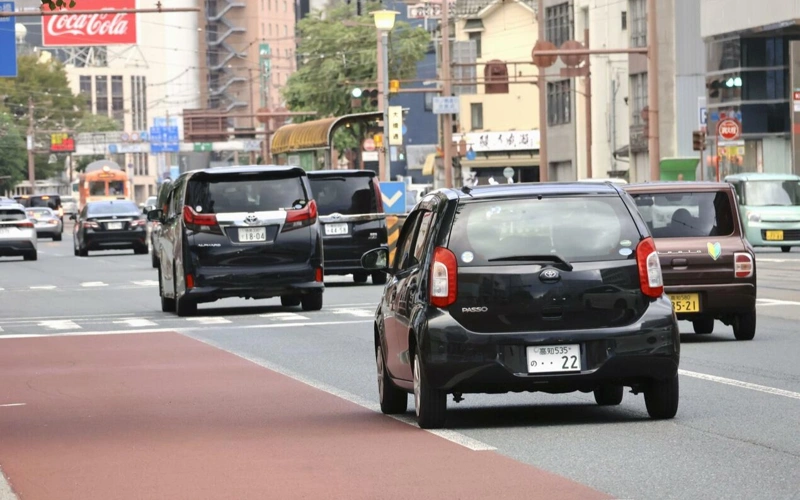Japan auto mechanic job availability up on low birthrate
The ratio of job openings to job seekers for auto mechanics and technicians in Japan eclipsed 5.00 in fiscal 2024, far greater than the overall 1.14, as the country's birthrate continues to fall, Kyodo reports.

The ratio rose by 0.10 point to 5.09 compared to the previous year, recent government data showed. It means there were 509 job openings for every 100 job seekers.
The labor shortage in the industry has raised concerns over its potential adverse impact on automobile safety, with its tough working environment and low pay also believed to be contributing factors.
According to the data from the Ministry of Health, Labor and Welfare, the ratio has been on the rise since hitting 4.50 in fiscal 2020, when it began taking records.
The number of automotive service businesses that closed, were disbanded or went bankrupt climbed to a record high of 455 in fiscal 2024 due to a chronic labor shortage, with some companies forced to delay deliveries or limit the number of units on order, according to Teikoku Databank Ltd.
To combat the shortage, dealership NTP Nagoya Toyopet Corp. has implemented a system that pays up to 100,000 yen ($650) to employees who successfully introduce peers who are recruited. It has employed nine technicians since the practice was set up in fiscal 2022.
Meanwhile, Nal Net Communications, which undertakes maintenance outsourcing for corporate leased vehicles, is supporting digitalization efforts at its partner repair shops to help them operate efficiently with less staff.
The data comes after some Toyota dealerships in 2021 were found to have conducted fraudulent vehicle inspections due to understaffing, with the auto giant vowing to reduce the workload.
But the number of people who applied for a license as a mechanic fell to a record low 35,504 in fiscal 2024, plunging 51.1 percent since its peak in fiscal 2004, according to the Japan Automobile Service Promotion Association.
As reported earlier, Japan rolls back its rice output expansion, sets the 2026 target based on demand.
